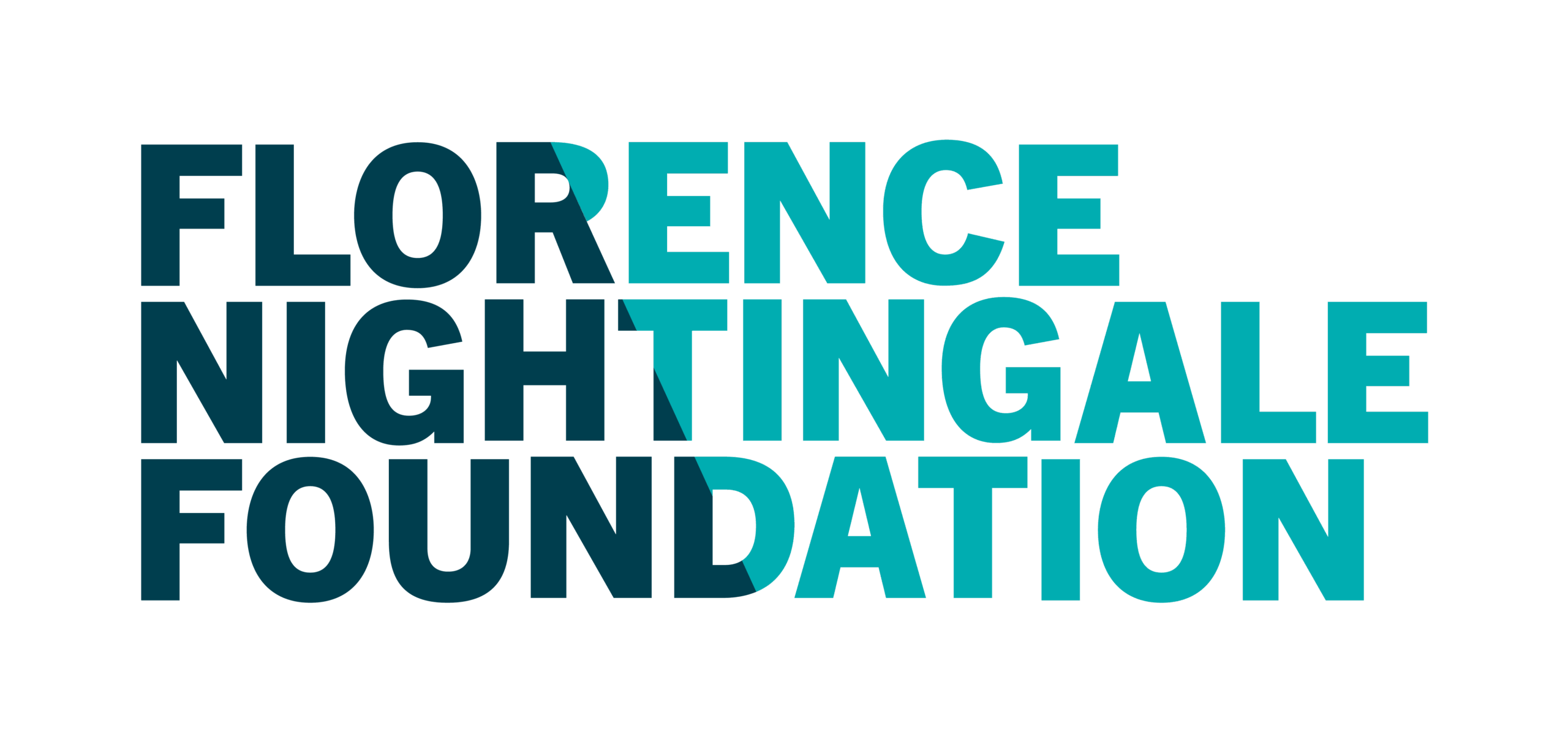
Student Voice Champions and Shared Decision Making Councils Online Programme
Aim of the Florence Nightingale Foundation Student Voice Champions Online Programme
To support growth of leadership competence and confidence of students across the South East, NHS England Workforce, Training and Education, in partnership with the Florence Nightingale Foundation, would like to offer learners on pre-registration healthcare courses the opportunity to undertake a student leadership module.
This exciting programme is fully funded and is aimed at learners who are members of Integrated Care System (ICS) or Care Provider student councils. It will also be of interest to learners who have an interest in supporting the work of ICS’s or care providers by representing the learner voice and contributing to shared decision on matters which affect their education and future careers making via more informal mechanisms.
Programme outcomes
- Develop skills in self-confidence; political and emotional intelligence; assertiveness; and managing change
- Explore the concept of power and your personal authority and examine some of the theoretical ideas of emotional intelligence
- Understand what it means to be an Ally and be open to understanding your own privileges and those of others.
- How to become a proactive Ally
- Build awareness of the journey and experience of neurodivergent learners
- Gain the confidence to approach difficult or sensitive conversations with neurodivergent learners, such as disclosure, support and feedback.
Course Content
Before you Begin
You don't currently have access to this content
Webinar details
You don't currently have access to this content
Module 1: Using your Authority and Influencing Change
SCP1.1 – Introduction to Using your Authority and Influencing Change
You don't currently have access to this content
Module 2: Allyship Uncovered
SCP2.1 – Introduction to Allyship
You don't currently have access to this content
SCP2.3 – Ally Stories
You don't currently have access to this content
Module 3: Neurodiversity
SCP3.1 – An introduction to Neurodiversity
You don't currently have access to this content
Evaluation and Certificate
SCP4.1 – Congratulations!
You don't currently have access to this content
